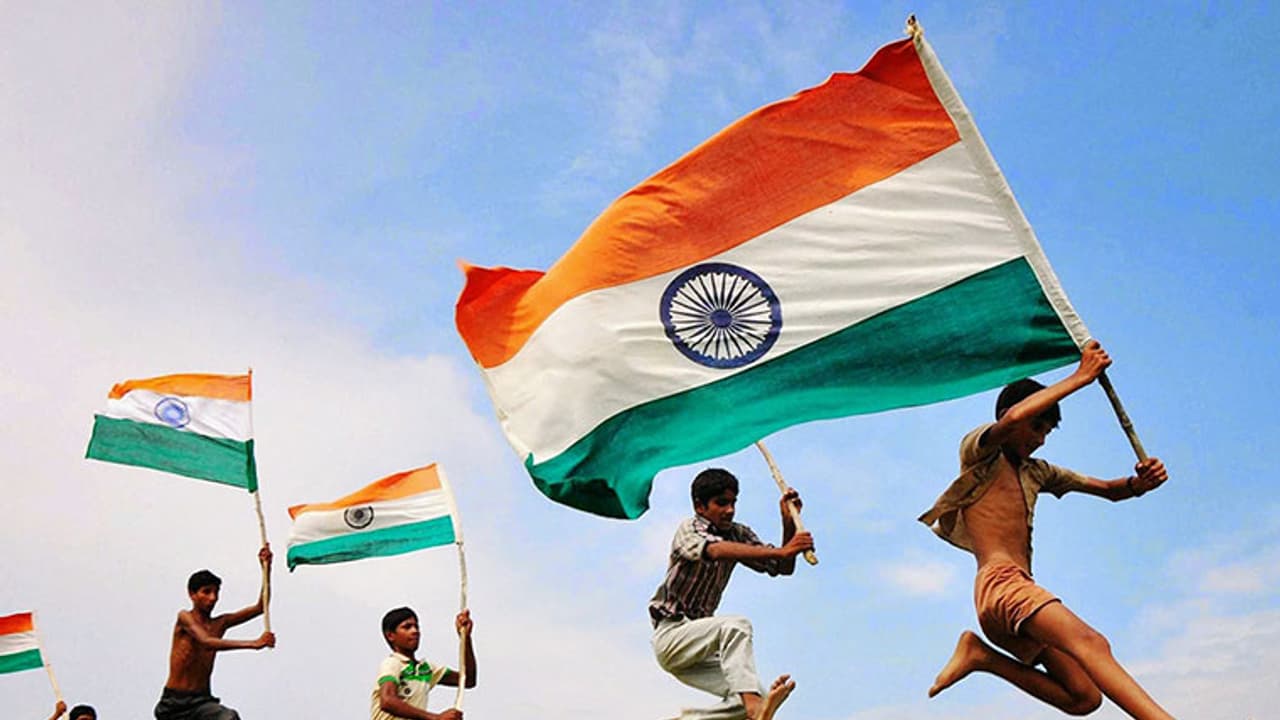India touches 70. I just realized when I was born India was only 22 going on 23. 1969 was a momentous year of that century. “One small step for a man, one giant leap for mankind" said Neil Armstrong as he stepped on the moon.

It was also the year of the Woodstock and the Beatles had their last gig. The Vietnam War stunned the world and anti-US protests spread across nations. In India the Congress split up, bank nationalization started and the worst Hindu-Muslim riots since Partition broke out in Gujarat.
India was still recovering from the 1962 humiliation of the Indo-Chinese war and at the same time confident after the victory over Pakistan in the 1965 war. The Twenty-Third Amendment Act was passed, laying down provisions of reservation of Scheduled Castes and Scheduled Tribes.
The Naga peace agreement was failing and armed rebellion intensified. The Liberation War of East Pakistan was simmering in its eastern border and the 1967 peasant revolution, ignited in Naxalbari, had started to spread.
State violence was getting institutionalized and draconian laws were being enacted to curtail liberty. India was yet to achieve solvency.
In 2016, India is the world’s fastest growing big economy, expanding by more than 7.5% in 2015. In another 10 years it will have the world’s largest young population (though they are not allowed to question the establishment). In every sector, from digital economy to start-up sector, it suggests a huge boost to its former image.
But can these tech-driven businesses meet India’s social needs and fuel what the founding fathers of the Constitution had envisioned for a multicultural, plural India?
In the early Seventies, we were growing up playing war games. Today, we are at war with each other. A lot would have changed in terms of gender equality and individual rights but we still have a deathly statistic of a rape every 20 minutes, a farmer suicide every 30 minutes and we are the world’s foremost “republic of hunger”. Will India continue to be an insufferable contradiction?
The most common sight for anyone visiting the capital in the run up to the Independence Day celebrations would be street children trying to sell the tri-colour to vehicles at traffic intersections.
India today may have the world’s third-largest billionaires but its coexistence with abject poverty is not a celebration. We still sell women and children and burn brides. We still defecate in the open.
A billion-plus country fails to win trophies in international competitions (while Priyanka Chopra earned more playing Mary Kom than Mary earned herself boxing through her career)
Fifty years after Charu Majumdar called for armed revolution in Naxalabari, only a few red painted monuments of Communist leaders stand on a field adjacent to a school. Most people don’t even know or remember what happened there.
Nothing much has changed either. Across several states the ideology packaged in convenient ways shake up the establishment intermittently. Dissent has surged several times in various colours (and not just red) across the nation and continues to challenge India’s democratic experiment.
India @70 finds itself limited when it comes to confronting its own citizens.
Civil rights activist Irom Sharmila’s 16-year-long Satyagraha and then giving it up to join the political process, however, is an example of the citizen’s faith in India’s democracy.
Unfortunately, this won’t measure the ‘growth’ of the country!
KishalayBhattacharjee is a senior journalist and author. His most recent book is Blood on my Hands: Confessions of Staged Encounters (Harper Collins 2015). The views expressed here are his own.
